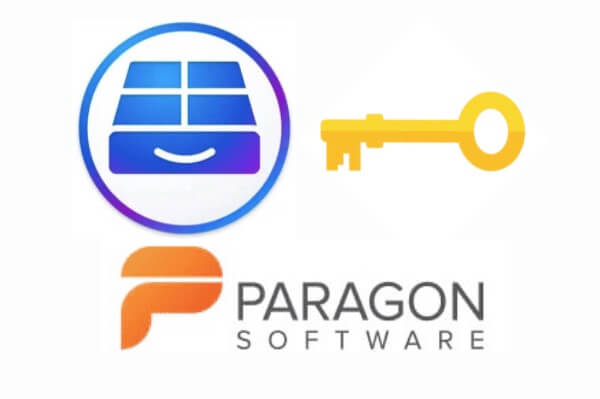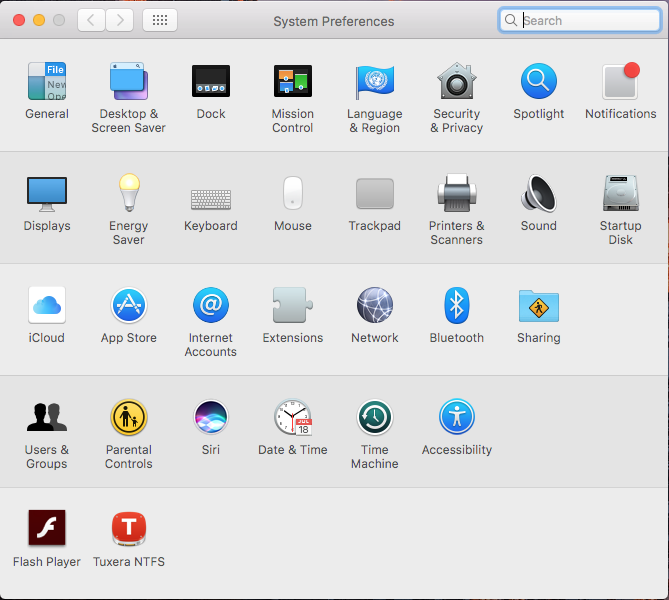

Disable System Integrity Protection with command: csrutil disable In Recovery mode, open Terminal application from Utilities in the top menu. For Apple Silicon hardware, you can can boot to Recovery mode by long pressing power button until you see “Options” button, which will lead you to Recovery mode. While starting on Intel hardware, press Command + R key combination. Since OS X 10.11 El Capitan you need to disable System Integrity Protection for a while. brew tap gromgit/homebrew-fuse brew install ntfs-3g-mac You can find detailed install manual also on macFUSE GitHub wiki. After that, install package ntfs-3g-mac from Terminal. Then you will need to download and install the latest version of macFUSE (osxFUSE) either using installer from GitHub releases page. Make sure you have Command Line Tools for Xcode and Homebrew package manager installed. But open source solution requires some messing in terminal.

There is also freeware iBoyosft NTFS for Mac. You can use paid software like Paragon NTFS for Mac or Microsoft NTFS for Mac by Tuxera. And why would they support the protocol of their main competitor? How can macOS write NTFS? Microsoft is not providing a full specification of NTFS as open source standards and it is quite possible that Apple would need to pay pricey licenses in order to fully use it in their systems.

It was first used in Windows NT 3.1 and is present since. NTFS is a proprietary file system standard from Microsoft used in Windows since the early 90s. Now that you know the factors to look out for when picking the right NTFS software for your Mac computer, here are the eight best NTFS for Mac software in 2022: 1.NTFS drive in Disk Utility Why can’t macOS just write NTFS? You’ll need to invest in effective software that will do all NTFS software tasks and more.

When choosing an NTFS for Mac software, you’ll need to consider these factors: You’ll need to have third-party NTFS software to help your Mac write, read, and view files from NTFS drives. Since it’s a file system that’s owned and licensed only to Windows file systems, Macs cannot use NTFS naturally.


 0 kommentar(er)
0 kommentar(er)
